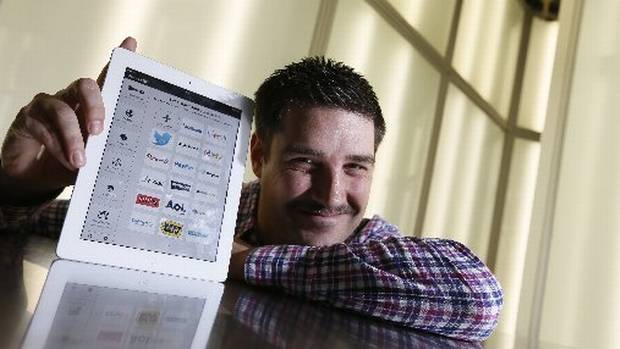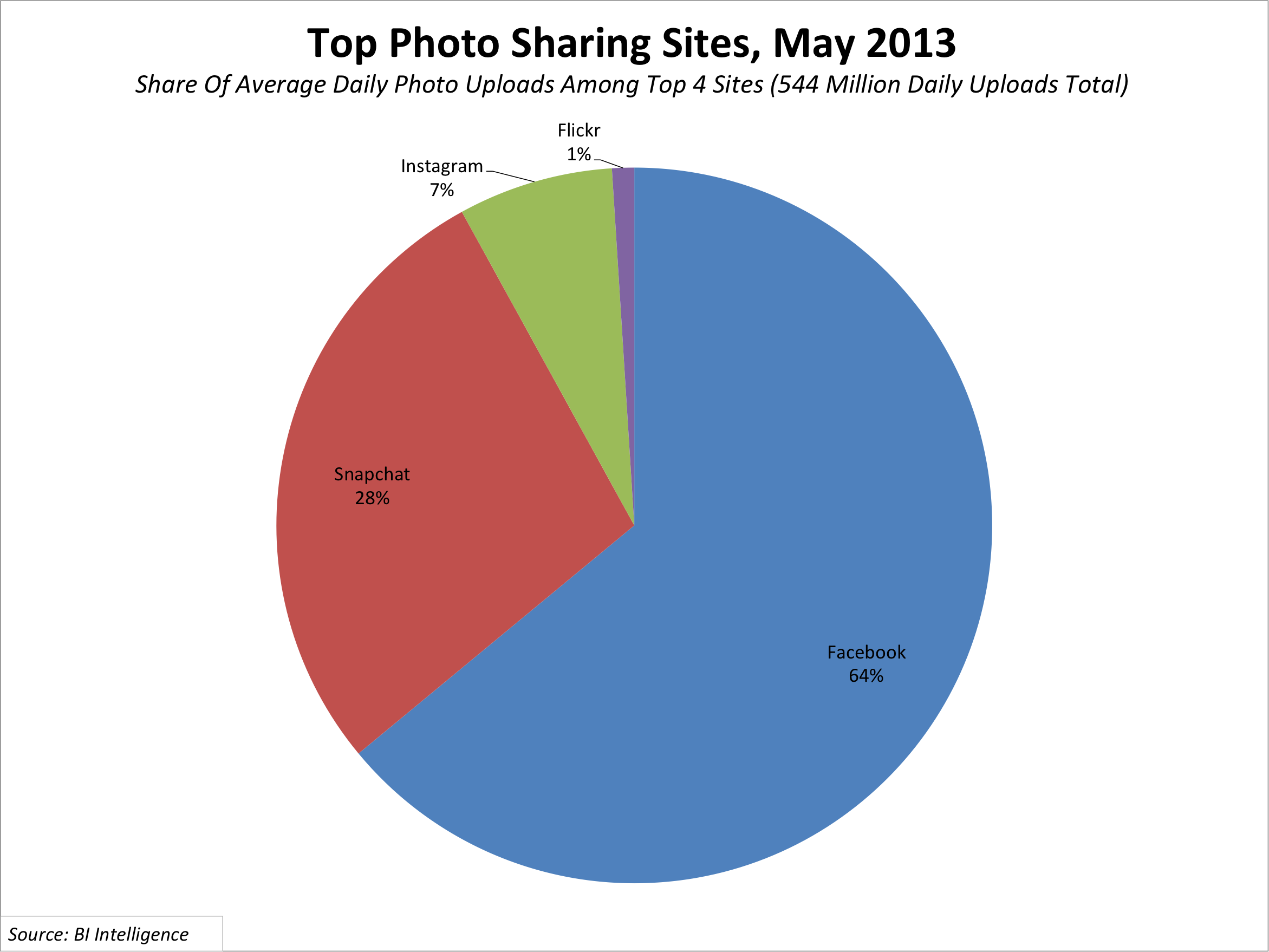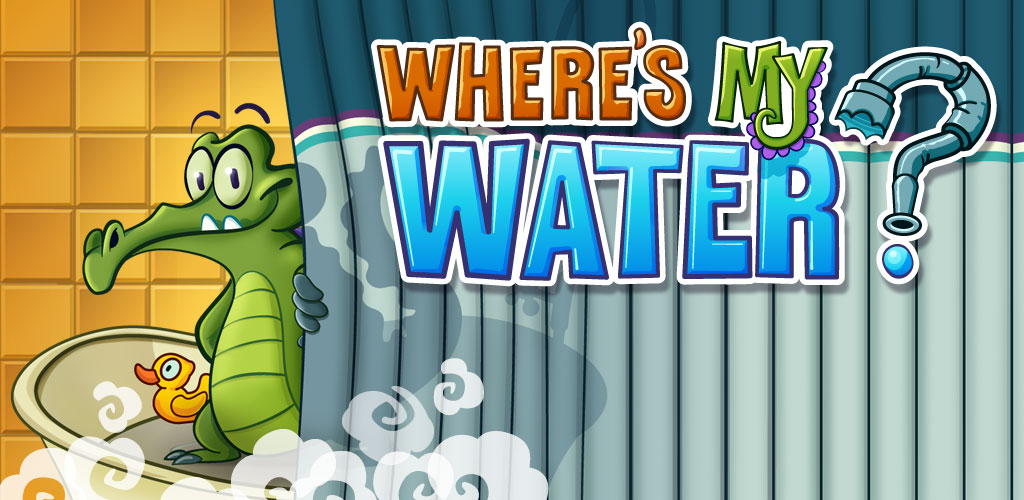Since 2002, Hewlett-Packard has been shedding enormous employees through layoffs and pay cuts. Recently, for the sake of simplifying the way HP operates and allowing the company to be more innovative, Meg Whitman, the current CEO of HP, plans to funnel most of the savings from the job cuts into product development. However, it is not only about the company’s outlook, but also in an effort to recover from management missteps. HP is trying to use innovation strategy and cost-minimization strategy to improve the poor performance they have right now.
Although the layoffs and pay cuts are beneficial to HP in terms of being on the same level as their competition, it has caused many negative effects such as lower salaries and lower job security, resulting in higher job dissatisfaction among employees. This ultimately creates low productivity, high absenteeism and turnover. Employees might even take further measures and decide to quit on their own. For instance, General Motors, a huge HP customer, announced that it would hire some 3000 HP workers who had been managing GM’s IT operations, thereby putting HP’s $600 million outsourcing contract at risk. Furthermore, two employees from HP took 18 employees to quit the job together and join GM. HP was concerned that these two former employees may have violated the agreements by exposing the organizational and staffing information to GM, which is confidential to HP. This immoral behavior has damaged the organizational culture of HP severely.
HP CEO Meg Whitman
Resource:
http://www.forbes.com/sites/billconerly/2012/05/23/hp-layoffs-a-sign-of-bad-management/
http://www.businessinsider.com/hp-isnt-happy-when-some-people-quit-2013-2







